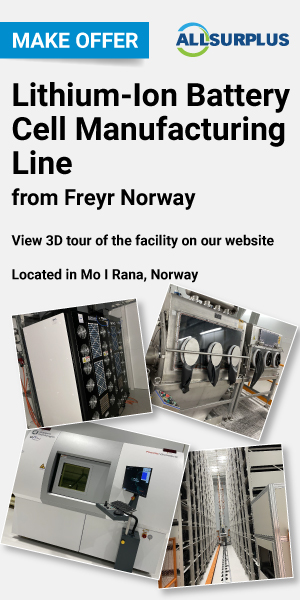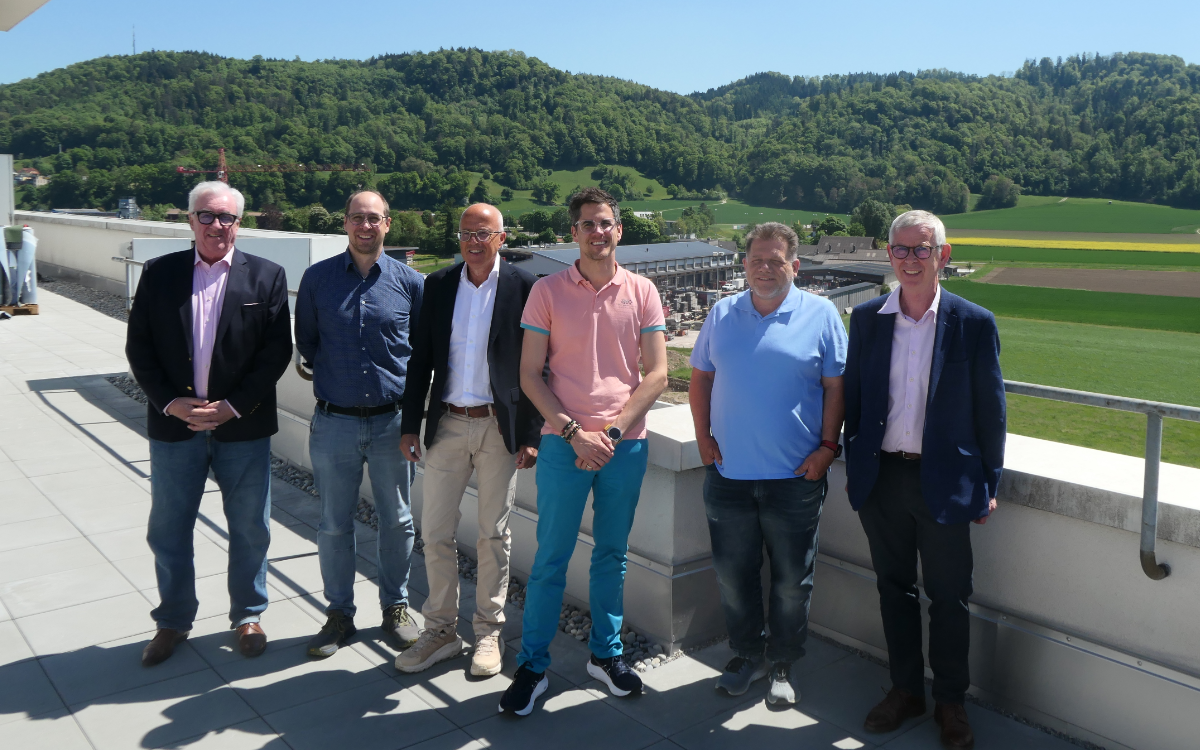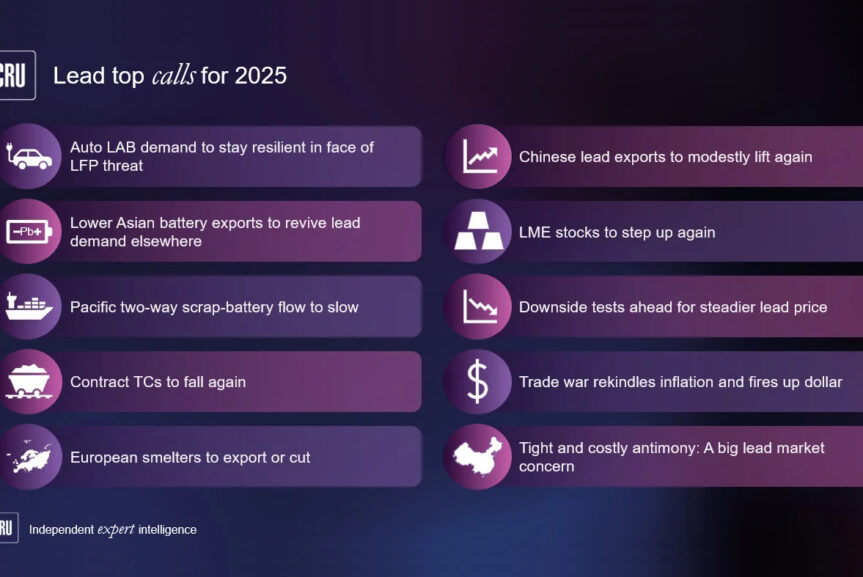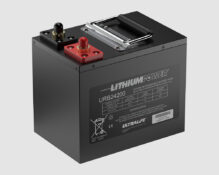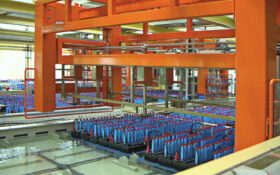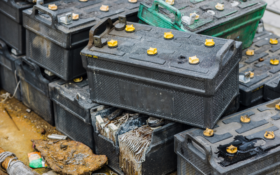Ian Klein of Penox explains how the addition of a new additive can speed up this time consuming process
Until recently the curing and drying process in lead-acid battery making has lagged behind all of the advances being made in the process. Now an innovative and patented method which allows curing and drying plates in approximately four hours is available. For the first time, it enables control of the size of crystals as well as their porosity and prevents the shrinking of active material by up to 10%, a problem related to conventional curing and drying . . .
to continue reading this article...
Sign up to any Premium subscription to continue reading
To read this article, and get access to all the Premium content on bestmag.co.uk, sign up for a Premium subscription.
view subscription optionsAlready Subscribed? Log In

